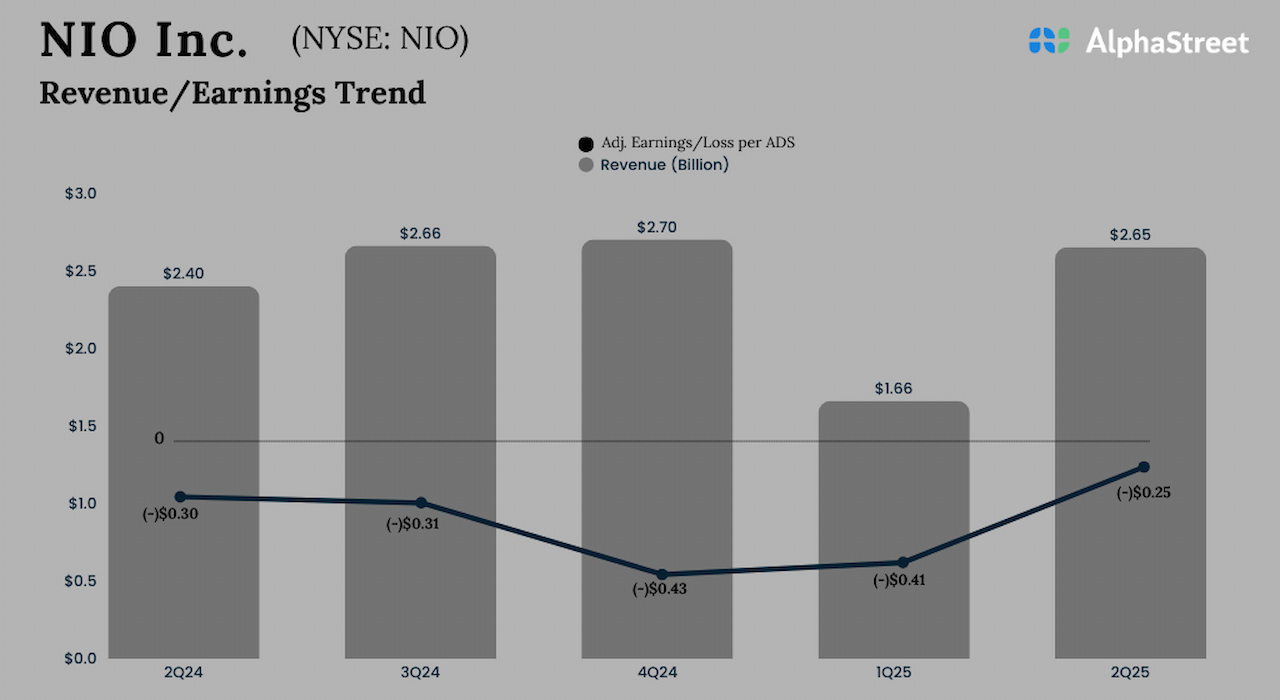In the ever-shifting retail landscape, 2025 has brought a wave of supply chain surprises and inventory challenges. This summer, a combination of several market factors, ranging from tariff uncertainty and aggressive frontloading of goods to cautious consumer spending, has left retailers with a problem: mounting excess stock. And increasingly, the answer to this challenge is the secondary resale market.
A Perfect Storm for Overstock
Retailers began the year bracing for potential increases in import tariffs, sparking a rush to secure merchandise before new regulations took effect. The results were nothing short of historic: July saw record-breaking import volumes at the Port of Los Angeles as shipments poured in ahead of deadlines. Warehouses filled as companies sought to cushion themselves from supply chain disruptions and future price hikes.
However, while retailers were stocking up, consumers were pulling back. Economic uncertainty led shoppers to become more discerning with their purchases, and the anticipated demand never fully materialized. Instead, sales slowed and storage rooms filled. The merchandise that was sourced, shipped, and stored was suddenly at risk of becoming an expensive (and immovable) burden.
The Secondary Market to the Rescue
With excess goods piling up, retailers turned to the secondary market – including B-Stock, the world’s largest B2B resale platform – as a strategic outlet for surplus inventory. In July alone, B-Stock recorded a 43% year-over-year increase in overstock listings from major retailers and brands, evidence that the shift is both widespread and accelerating.
But it’s not just the volume of goods that is changing; it’s also the nature of what’s being offloaded. Historically, the secondary market was dominated by open-box, returned, or slightly distressed merchandise. Today, a surge of overstock inventory is hitting resale channels in brand-new condition, with some categories experiencing dramatic spikes.
Notable Increases by Category
As overstock and excess inventory flood the secondary market, the latest data from B-Stock show just how substantial these shifts are across key General Merchandise segments:
Appliances: The number of units sold surged more than 1,600% compared to July 2024. Items that are in high demand on B2B resale platforms—refrigerators, washers, and small appliances—are now widely available.
Furniture: Inventory listings ballooned by 663%. As consumers rethink home spending, retailers are working to move everything from sofas to outdoor furniture in bulk to secondary buyers.
Mixed Lots: Saw a 760% increase. These lots, often containing diverse products from different categories bundled together, are often a favorite among buyers and reflect retailers’ need to clear warehouse space and recoup cash quickly.
Apparel: Jumped 124%. The fashion sector’s notorious seasonality, combined with changing consumer tastes, means even brand-new clothing is heading rapidly to resale platforms.
What This Means for Retailers, Buyers, and the Industry
The surge in overstock inventory flowing into the secondary market is more than just logistics, it has real implications for retailers’ bottom lines and future resilience. Offloading surplus goods via B2B resale platforms like B-Stock allows companies to recover value that might otherwise be lost, freeing up capital and physical space (consider this: the average retailer dedicates 11-25% of its warehouse space for excess goods). A B2B resale platform also enables retailers to remain agile amongst fast-changing consumer trends, test new sales channels, and manage risks associated with overpurchasing.
For secondary market buyers, including discount stores, online resellers, bin store owners, and exporters, the influx of brand-new merchandise offers rare opportunities. Highly desirable products, previously only available through primary channels, can now be purchased at significant discounts, creating value throughout the supply chain and expanding access for a broader range of customers.
Looking Ahead
These developments reflect deeper trends in the retail sector: the need for greater agility, the use of advanced data and resale platforms, and a more dynamic relationship between primary and secondary markets. As 2025 unfolds, it’s clear that a data-driven, proactive approach to inventory management is no longer just an advantage but a requirement. Retailers willing to rethink their B2B resale strategies and embrace the opportunities presented by the secondary market will be best positioned to navigate the current retail landscape, turn challenges into value, and emerge stronger in the years ahead.
Ready to rethink your resale strategy?


























